Comprehensive analysis of lithium battery cell manufacturing process technology

This article introduces the battery cell manufacturing process of lithium-ion batteries, analyzes the control points of each process of battery cell manufacturing and its impact on the electrical performance of the battery
Lithium-ion battery working principle
Lithium-ion batteries are mainly composed of cathode, anode, separator and electrolyte, and rely on Li+ to move between the cathode and anode to work. When charging, Li+ is deintercalated from the cathode, inserted into the anode through the electrolyte, and the anode is in a lithium-rich state; the opposite is true during discharge.
The structure of lithium-ion batteries is mainly composed of four main materials. At the same time, a complete 18650 batteries cell also includes auxiliary materials such as cathode and anode lead wires, upper and lower insulating sheets, cover plates, and outer steel shells.
Lithium ion battery cell manufacturing process
The process of lithium ion battery cell manufacturing is complicated and there are many processes. Any mistake in any link will affect the performance of lithium ion battery cells or bring safety problems. Therefore, only by strictly controlling each battery cell manufacturing process can we manufacture qualified batteries with excellent performance and safety.
The front-end process of lithium ion battery cell manufacturing includes 10 processes including slurry mixing, coating, rolling, slitting, sheeting, winding, shelling, bottom welding, roll groove and baking. The core of the previous process is to make the powdery cathode and anode materials into a winding core. In the production process, it is necessary to prevent false soldering, biased soldering, missing soldering or chipping of the pole piece and partial or missing bonding of the insulating glue, etc.
The winding process is an important process for forming a cylindrical lithium ion battery. The strip-shaped cathode and anode pole pieces and separator are wound into a cylindrical core by a winding machine. The key point of this process control is that the anode pole piece must completely cover the cathode pole piece, and the separator must completely cover the anode pole piece, which requires very high process precision.
The process of lithium battery cell manufacturing is relatively complicated. The main battery cell manufacturing process mainly covers the stirring and coating stage (front stage) of electrode production, the winding liquid injection stage (middle stage) of cell synthesis, and the packaging and testing stage of battery formation packaging (second stage).
The lithium battery equipment corresponding to the front-end process of lithium battery cell manufacturing mainly includes vacuum mixers, coating machines, roller presses, etc. The middle process mainly includes die-cutting machine, winding machine, stacking machine, liquid injection machine, etc. The back-stage process includes forming machines, volumetric testing equipment, process warehousing and logistics automation, etc. In addition to this, the production of battery packs requires Pack automation equipment.
Lithium battery cell manufacturing front section production process
The result of the front-end process of lithium battery cell manufacturing is to complete the preparation of the cathode and anode of the lithium battery. The first process is stirring, that is, mixing the cathode and anode solid battery materials evenly, adding a solvent, and stirring them into a slurry by a vacuum mixer. The stirring of the ingredients is the basis of the subsequent process of lithium batteries, and the high-quality stirring is the basis for the high-quality completion of the subsequent coating and rolling processes.
The coating and rolling process is followed by slitting, that is, the coating is subjected to a slitting process. If burrs are generated during the slitting process, there will be safety hazards in the subsequent assembly, electrolyte injection and other procedures, and even the battery use process.
Therefore, the front-end equipment in the lithium battery production process is the core machine of battery manufacturing, which is related to the quality of the entire production line. Therefore, the value of front-end equipment accounts for the highest proportion of the entire lithium battery automation production line, about 35%.
Lithium battery cell manufacturing mid-stage process
In the lithium battery cell manufacturing process, the middle process is mainly to complete the forming of the battery. The main process includes sheet production, pole piece winding, die-cutting, cell winding and lamination forming, etc. It is a field where Chinese equipment manufacturers are currently highly competitive, accounting for about 30% of the value of lithium battery production lines.
At present, the battery cell manufacturing process of power lithium batteries mainly includes winding and lamination, and the corresponding battery structures are mainly cylindrical, square, and pouch. Cylindrical and square batteries are mainly produced by winding process, while pouch batteries are mainly produced by lamination process.
Cylinders are mainly represented by 18650 and 26650 (Tesla has independently developed 21700 battery, which are being promoted across the industry). The difference between the square and pouch is that the outer shell is made of duralumin shell and aluminum-plastic film. Among them, the pouch is mainly based on the lamination process, and the aluminum case is mainly based on the winding process.
The pouch structure is mainly for the mid-to-high-end digital market, and the profit margin per unit product is relatively high. Under the same production capacity, the relative profit is higher than that of aluminum shell batteries. Since aluminum-cased batteries are easy to form scale effects, and the product qualification rate and cost are easy to control, both of them currently have considerable profits in their respective market areas. In the foreseeable future, it is difficult for both of them to be completely replaced.
Since the winding process can achieve high-speed production of batteries through the rotating speed, and the speed that the lamination technology can increase is limited, at present, China’s power lithium batteries mainly use the winding process. Therefore, the shipment volume of winding machines is currently larger than that of stacking machines.
The previous process corresponding to winding and laminating production is pole film making and die cutting. Making includes welding the pole piece/pole ear after cutting, dusting the pole piece, sticking protective adhesive paper, pole ear wrapping and winding or fixed length cutting. The rewinding pole piece is used for subsequent automatic winding, and the fixed-length cutting pole piece is used for subsequent semi-automatic winding. Blanking electrode sheet is to wind and blanking the sliced electrode sheet for subsequent lamination process.
In terms of lithium battery packaging and welding, China’s mainstream laser technology integration and application manufacturers are all involved, which can meet the demand and do not need to import.
Lithium battery cell manufacturing back-end process
The back-end production process of lithium battery cell manufacturing mainly includes four processes of volume separation, chemical formation, testing, and packaging and storage, accounting for about 35% of the value of the production line. Formation and capacity separation are the most important links in the back-end process, and the activated battery is tested for activation. Due to the long charge and discharge test cycle of the battery, the value of the equipment is the highest.
The main function of the formation process is to charge and activate the battery cells after liquid injection packaging, and the capacity separation process is to test the battery capacity and other electrical performance parameters after the battery is activated and classify it. Formation and volume separation are performed by the formation machine and the volume separation machine, usually by an automated volume separation and formation system.
Lithium battery pack process
The power battery pack system is a battery pack that connects many individual cells in series and parallel, and integrates battery hardware systems such as power and thermal management. Pack is the key to the production, design and application of power battery systems, and the core link connecting upstream cell production and downstream vehicle application.
Usually the design requirements are put forward by the battery factory or the automobile factory, and usually completed by the battery factory, the automobile factory or the third-party pack factory.
The lithium battery pack production line is relatively simple. The core process includes feeding, bracket sticking, electric welding, testing and other processes. The core equipment is a laser welding machine and various sticking testing equipment. At present, major lithium battery equipment manufacturers have few automation integration layouts in this field, while laser equipment manufacturers have a relatively high share in the pack equipment field due to their absolute advantages in the laser field.
Lithium iron phosphate and ternary battery technology
At present, the cathode materials of China’s mainstream power lithium batteries are divided into two types: lithium iron phosphate battery and ternary lithium battery. Among them, lithium iron phosphate is currently the safest lithium-ion battery cathode material, and its cycle life is usually more than 2000 times. Coupled with the decline in price and technical threshold due to the maturity of the industry, many manufacturers will use lithium iron phosphate batteries due to various factors.
However, lithium iron phosphate batteries have obvious defects in terms of energy density. At present, BYD, the leading lithium iron phosphate battery company, has an energy density of 150Wh for lithium iron phosphate single cells. By the end of 2017, BYD will increase the energy density to 160Wh. In theory, it is difficult for the energy density of lithium iron phosphate to exceed 200Gwh.
Ternary polymer lithium battery refers to a lithium battery in which nickel-cobalt-manganese oxide is used as the cathode material. The actual ratio of nickel-cobalt-manganese can be adjusted according to specific needs.
Due to the higher energy density of ternary lithium batteries, the passenger car market has begun to turn to ternary lithium batteries, and lithium iron phosphate is more popular in passenger cars with higher safety requirements. With the development of all-electric passenger vehicles, ternary lithium batteries are occupying an increasingly important position.
The energy density and cost of the two materials are different, and different cars and different car companies have different choices. The production process of the two is roughly the same. The difference is mainly reflected in the use and proportion of materials, the specific process parameters are quite different, the equipment cannot be produced on the same line, and the cost of simply transforming and switching production capacity is high. Therefore, multiple battery cell factories will simultaneously deploy and purchase equipment separately in capacity planning.




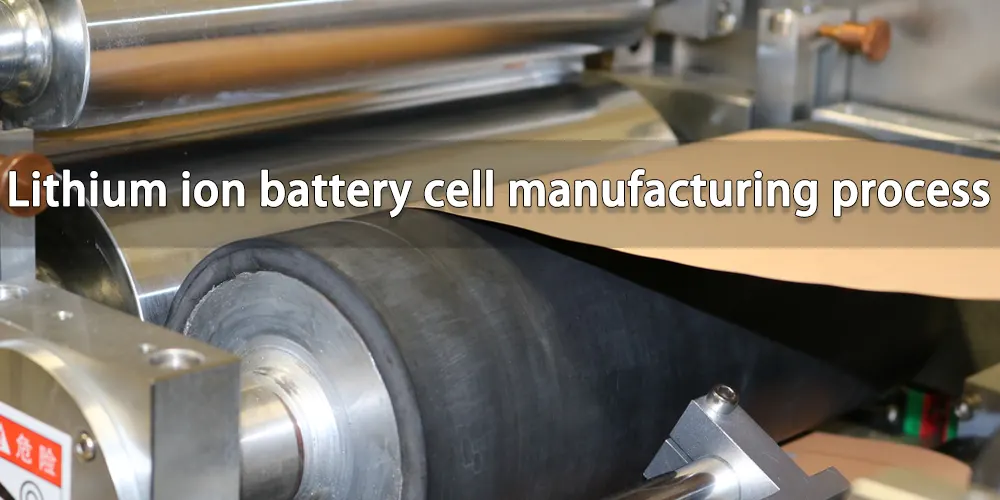
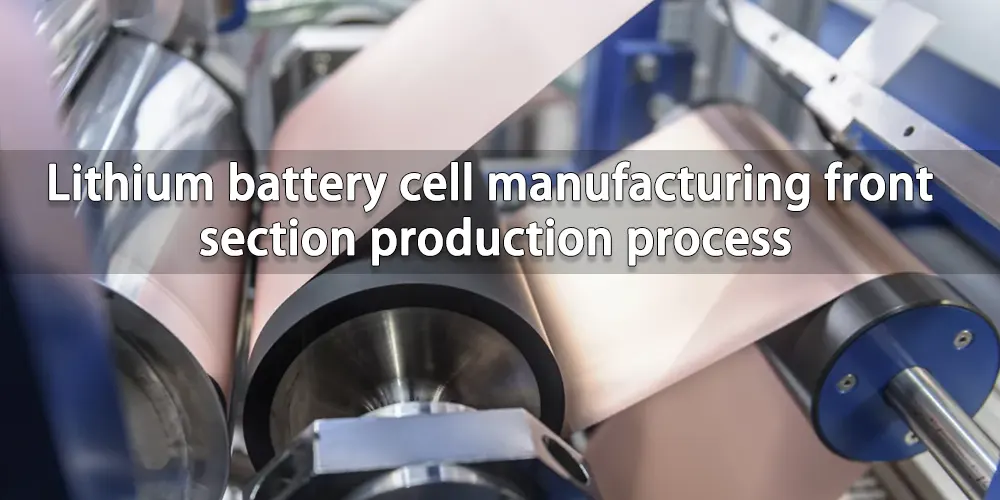


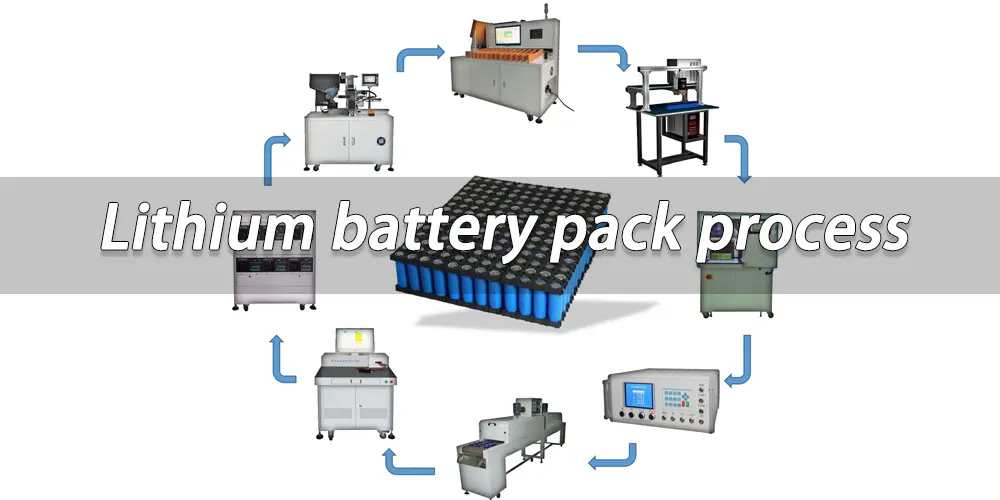
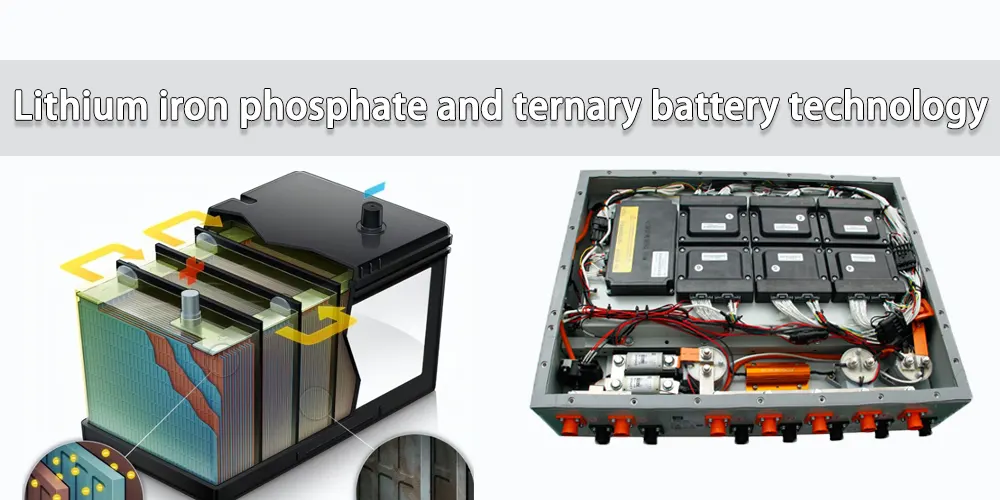

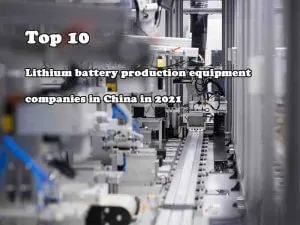
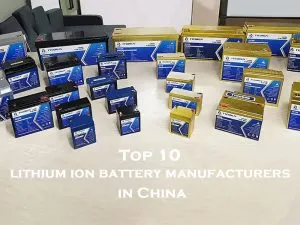

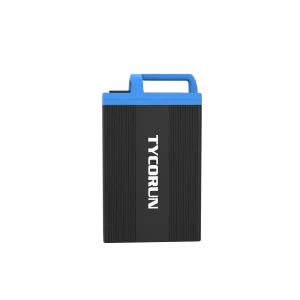
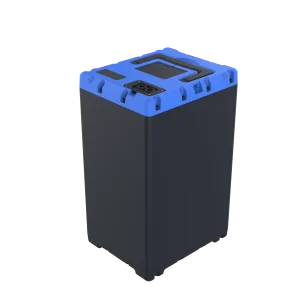



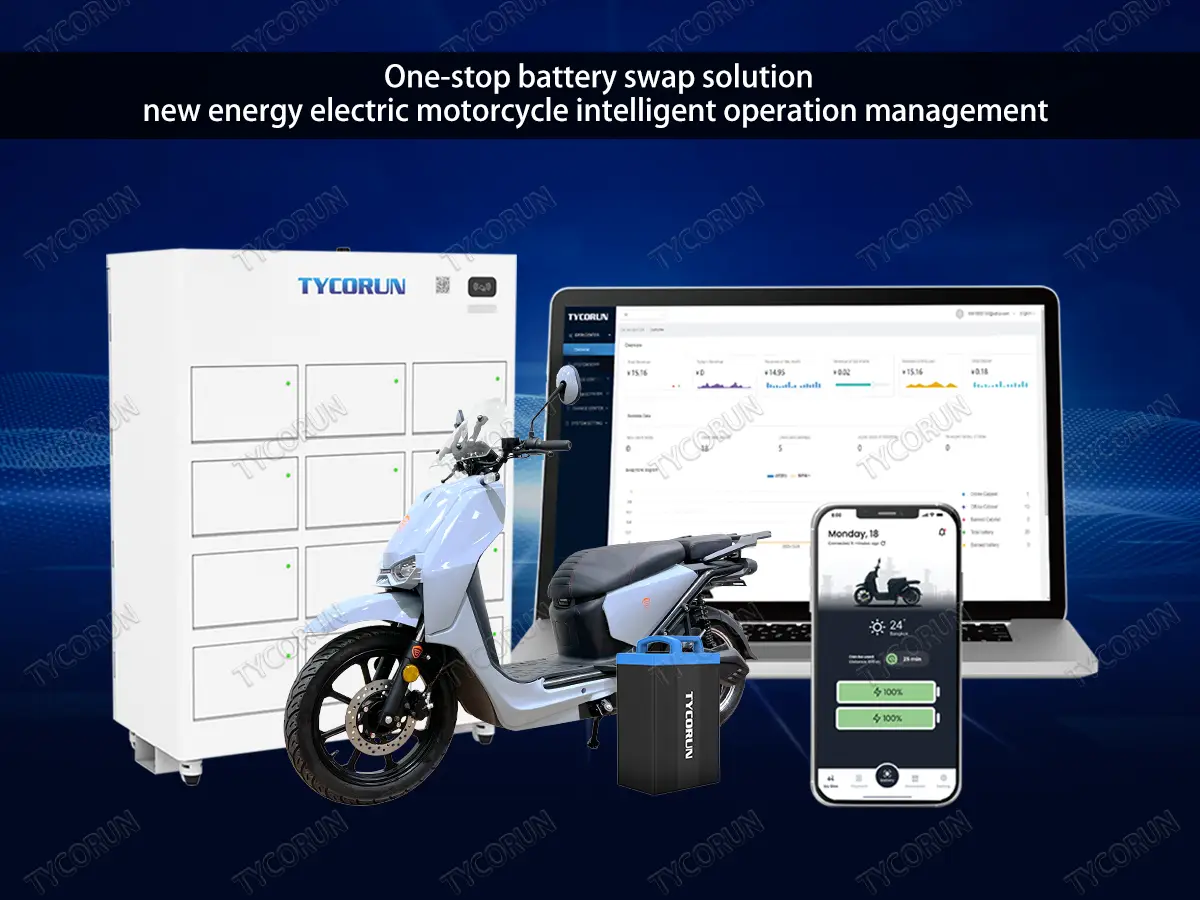
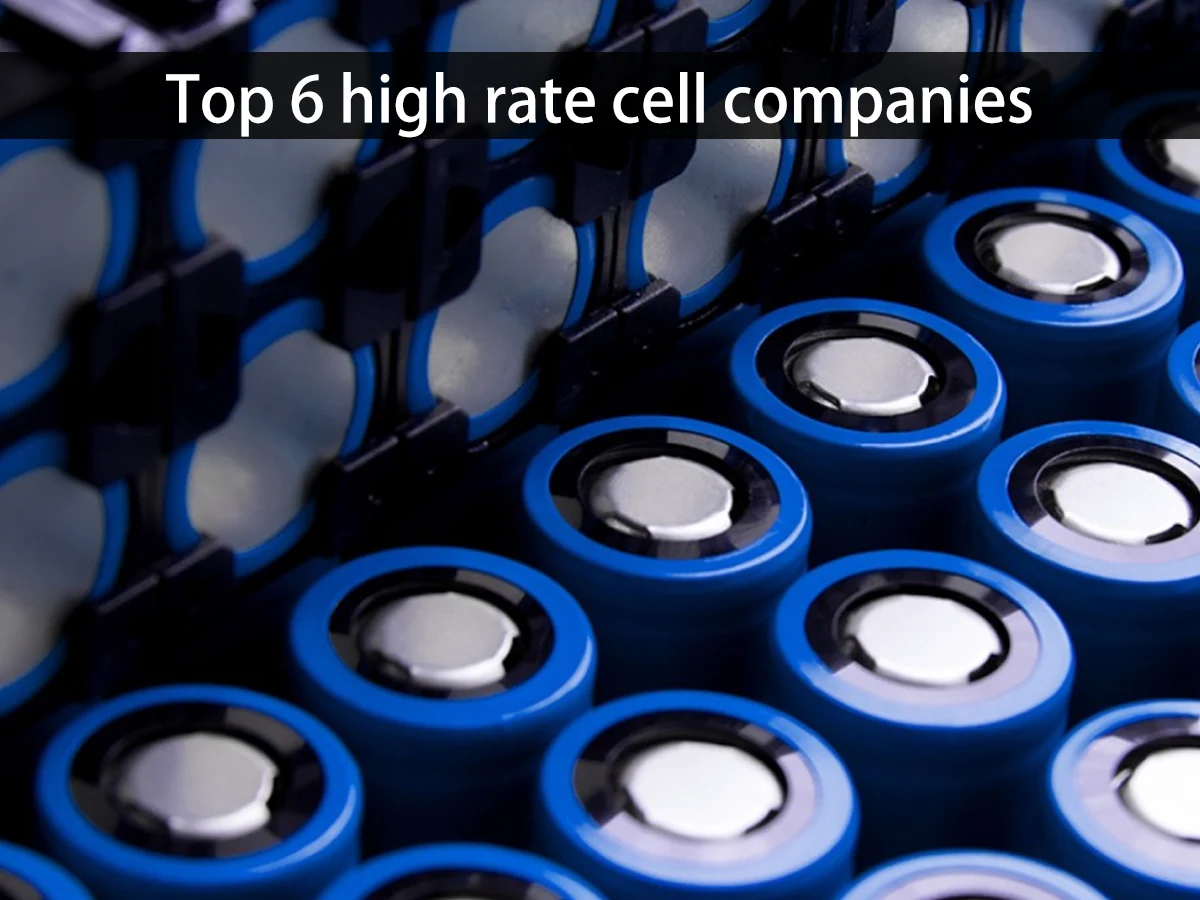
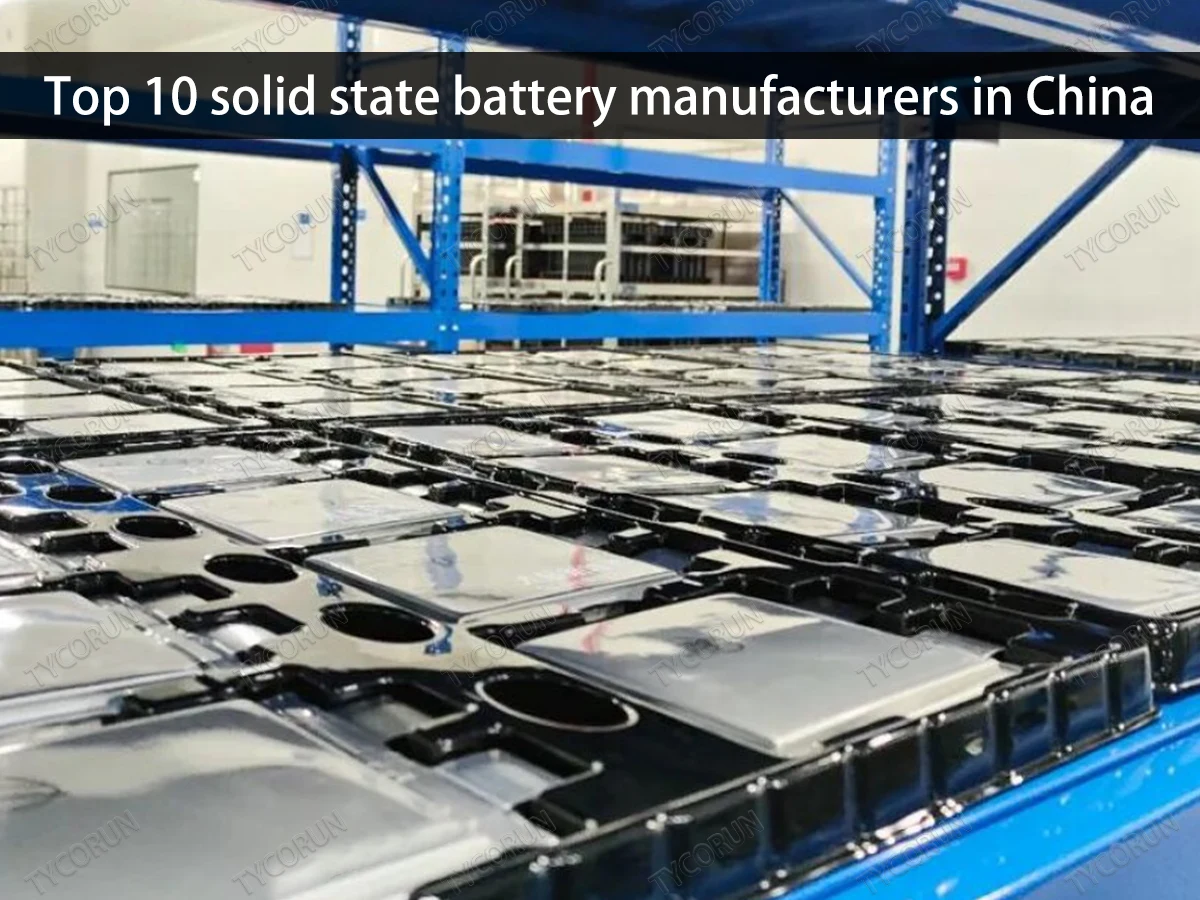










1 thought on “Comprehensive analysis of lithium battery cell manufacturing process technology”
Hello there, I discovered your web site via Google while looking for a similar topic, your site came up, it looks good.
I have bookmarked it in my google bookmarks.
Hi there, simply changed into aware of your weblog through
Google, and located that it’s truly informative.
I’m going to watch out for brussels. I’ll appreciate when you proceed this in future.
Lots of folks shall be benefited from your writing.
Cheers!